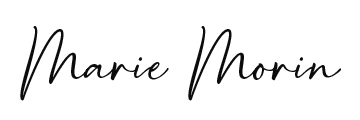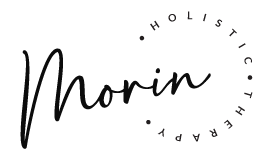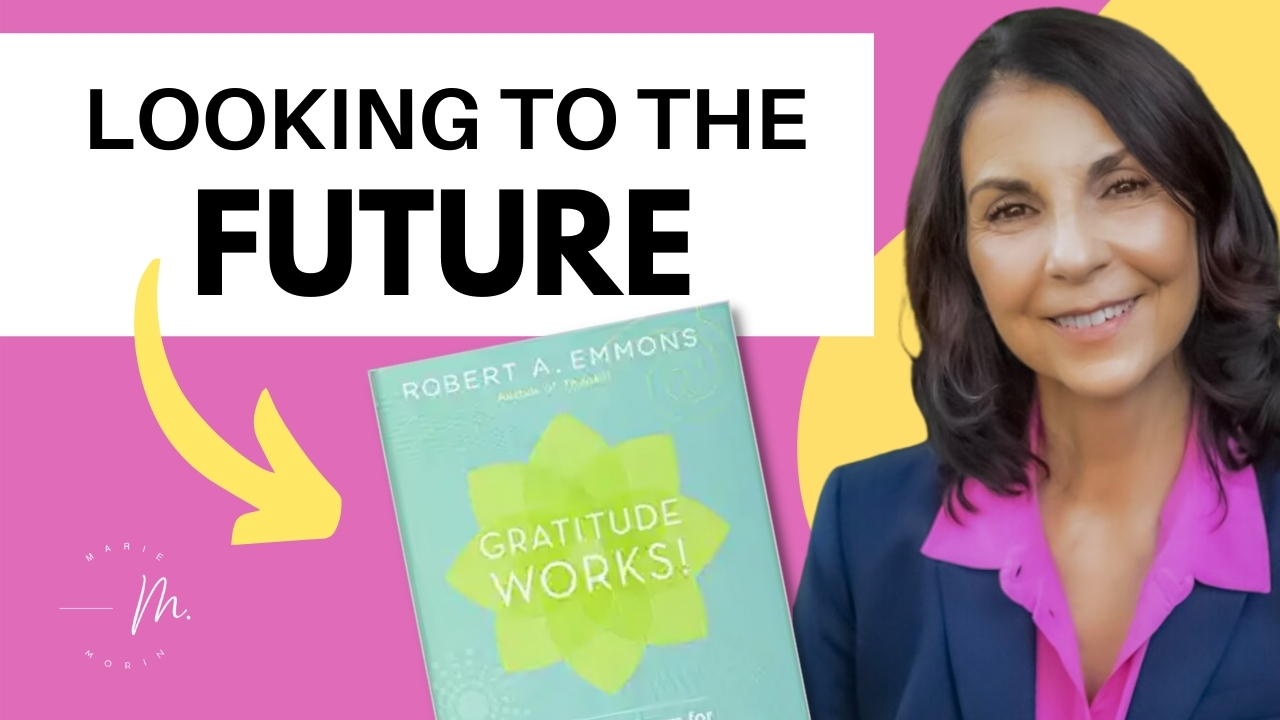Have you been curious about starting a gratitude journal practice?
I was super interested because I needed some significant changes. I discovered
that practicing gratitude by journaling improves your mood, improves the quality
of your life, helps you feel happier, and feels more at peace. This article discusses
the Look to the future exercise in the 21-day gratitude journal challenge and
Practice Gratitude Journaling.
While researching ways to help others enjoy better well-being experiences, I
found this powerhouse book, Gratitude Works. Robert A Emmons’ prepared an
excellent informative guide for working gratitude into our lives. His 21-day
Gratitude Journaling Challenge provided an effective practice that brings excellent
benefits.
Non-Negotiable Decisions
Gratitude Journaling may be one of your best decisions yet. Most of the women I
know love working out for its many perks of improved mood, firmer muscles, and
fitting better into their clothes. Yet, they may have frequent internal arguments
just to keep going and get the workout done. They charge on with conviction. I
know this is good for me; it’s non-negotiable. Non-negotiable actions are the
ones that catapult change. Gratitude journaling is worth this status.
What are You Noticing?
The exercise for the 21-day gratitude journaling challenge, looking to the future,
frames experiences by looking forward. Imagine intentionally pondering
upcoming experiences that will end within three months—mindfully meditating
each day, recognizing that the moment will come when the time you enjoy will
come to an end. How much more would you have noticed? How many words
might you have said to those you care for the most? Looking to the future
exercise allows you to see mindfully before the loss and end hits.
Looking to the Future Exercise
Think about how there are events or times in our lives where things come
to an end. Like when you know your child will be going off to college, you
once were seriously annoyed that they left a mess everywhere. Now you
think about appreciation since their time at home is limited.
a. Choose an activity, event experience, or relationship that will soon be
ending
b. Try to pick something that you have maybe one to three months left
c. Ponder on the fact that time is short and there will be an end coming
d. Given that you know you have a finite period with this person or
experience, what makes you most grateful? Write with your heart
and not your head.
e. Experience the feeling of appreciation, let it sink into your physical
body.
f. Do this on days four, eleven, and eighteen.
Experience Gratitude Before
My youngest daughter lives in Seattle, Washington; she is at least six hours away.
Before she set out to college, we spent umpteen hours driving to and from the
ballet studio. The traveling was during the dinner hour and often annoying. The
tug to have a meal without rushing, the traffic, and all those non-mindful
thoughts took precedence over being in the moment to enjoy that precious time.
Had I known this exercise, I would have enjoyed it more and complained less.
With this exercise, you have the unique opportunity to be in the moment and
mindfully experience what will soon be coming to an end. When you pause and
journal your thoughts and feelings, gratitude inhabits a most pleasing shape.
Gratitude becomes the rose-colored lens with which to marvel at the impending
changes life inevitably brings.
What Experiences Do You Want to Savor?
Today, consider what is important to you. Are you interested in just getting
things done quickly, so you get stuff completed? Do you want to savor the finite
time you have with your kids or your parents? Do you desire to savor those
relationships at work that will soon end due to retirement? For gratitude to work,
then mindfully experience these moments and write. Write with your heart.
Resist the temptation to judge. Then allow the gratitude exercise to take its shape
in you.
Gratitude Your Day
The 21-day gratitude journal challenge gives a simple guide to learning and
practicing. What do people who intentionally practice gratitude journaling gain?
- They know their purpose.
- They are generous.
- They go out of their way to help people.
- They tend to appreciate and linger in the pleasurable experience they gain from ordinary things.
- They have more energy.
- They achieve their personal goals.
- They are better able to deal with daily stress.
- They are more likely to heal from trauma and live the life they want.
- They have secure and loving relationships.
- They are more resilient.
- They have confidence.
- They have secure self-worth.
Gratitude For the Perfectionist
The desire to want internal and external circumstances to maintain a very high
standard is deeply commendable. High standards are necessary for achieving
goals. A difficulty arises when the inner fixed desire to have perfection creates tension and stress. Ultimately, perfection is elusive and unattainable. The quest to do your best promotes stress that harms the physical and emotional arenas. Your body holds the pressure and finally calls out for attention. You may feel ill, exhausted, and generally not good.
Alternatively, imagine you decide one day to break the pattern and try one small
thing for a moment. You look at that thing you strive to generally fixate on to be
better and decide, no more. Gratitude takes shape here when you internally
allow the sensation of appreciation for the imperfect. Decide to see it is
beautifully flawed. Suppose your body, your home, your kids, your self-regulation,
your relationships fall short. Whatever it is, pause.
It is a stretch to be grateful when we are accustomed to critically looking at
ourselves and others. This time, try imagining this one thing and feel appreciation
for it just as it is at this moment. Do this exercise as often as you like.
How to Practice Gratitude Journaling
Think in terms of process. Check out the 21-day gratitude journal challenge guide and take the
assessment first. Find out where you are on the gratitude quotient scale. Decide you want the
benefits and are willing to put in the time.
Set a reasonable expectation for your gratitude practice. Will you do it daily? What exercises
will you use? Try Robert Emmons’s book, Gratitude Works.
Find a journal you will want to use. Get nice pens, too, if that floats your boat
Keep your journal handy, so you can write whenever you like.
You may want to link your journaling to something you always do, like have lunch or after your
workout. Give yourself permission to mess up and forget or not follow through. Then start
again tomorrow. Every time you do your gratitude journal writing, give yourself an inner-party-
praise.
Be sure to vary your exercises, so you aren’t doing the same one each day. Write from your
heart and not your head. Don’t worry about errors; just let words flow. Be kind to yourself; this
is your time to pause and reflect. Each journal entry will take about 10 minutes or as long as
you want. Before you begin the exercises, take a few deep breaths and allow yourself to relax
and rest in what you are doing. Then, let it out on the paper. Watch how gratitude takes shape
in your life. Take note of these new things that occur.
Those who decide that practicing gratitude journaling is worth the effort gain
results. They include improved mood, improved quality of your life, feeling
happier, and feeling more at peace. This article discussed how to practice
gratitude journaling and the Look to the future exercise in the 21-day gratitude journal challenge.


Join Our 21 Day Gratitude Journal Challenge
Fill up the form below to download your FREE Guide on How to Start a Gratitude Journal Challenge!









